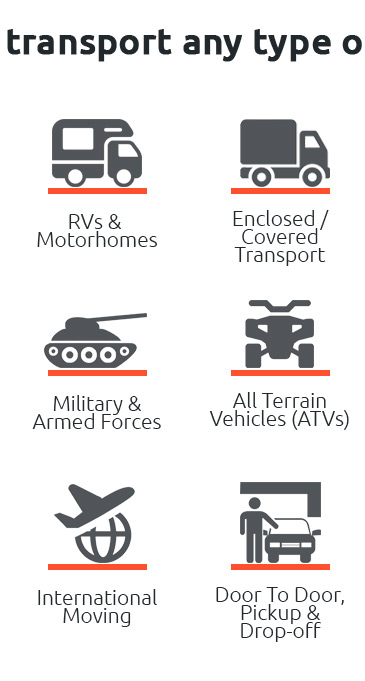 |
 |
||
 |
 |
 |
|---|---|---|
 |
 |
 |
 |
 |
 |
 |
 |
 |
|---|
 |
 |
 |
|---|---|---|
 |
 |
|
 |
 |
|---|---|
 |
Understanding the Cost of Freight Shipping Per Mile: Essential InsightsThe cost of freight shipping per mile is a crucial factor for businesses and individuals who rely on transporting goods across distances. This guide explores the various elements that influence these costs and provides insights on how to effectively manage them. Key Factors Influencing Freight Shipping CostsSeveral variables contribute to the cost of freight shipping per mile. Understanding these can help in planning and budgeting effectively. Distance and RouteThe total distance and the specific routes taken significantly impact shipping costs. Longer distances usually mean higher costs, but efficient routing can mitigate some expenses. Type of FreightThe nature of the freight being transported-whether it is perishable, hazardous, or requires special handling-affects the cost. For instance, heavy equipment hauling in Denver, CO may incur additional charges due to the need for specialized vehicles and handling. Strategies to Optimize Freight CostsBusinesses can adopt several strategies to minimize the cost of freight shipping per mile.
Understanding Freight Shipping ChargesFreight charges are typically calculated based on various components, which include:
Being aware of these components helps in anticipating the total cost of a shipment. FAQ SectionWhat is the average cost per mile for freight shipping?The average cost per mile can vary widely depending on factors such as distance, freight type, and market conditions. On average, it ranges from $1.50 to $4.00 per mile. How can I reduce my freight shipping costs?Reducing freight shipping costs can be achieved by consolidating shipments, negotiating better rates with carriers, and optimizing routes using technology. Are there additional fees beyond the per-mile rate?Yes, additional fees such as fuel surcharges, accessorial charges, and handling fees may apply, depending on the specifics of the shipment. ConclusionUnderstanding the cost of freight shipping per mile is vital for managing logistics efficiently. By considering factors like distance, freight type, and leveraging strategies such as consolidation and negotiation, businesses can optimize their shipping costs effectively. For more information on specific transportation solutions, consider exploring transportation services in Montgomery, AL, which offer tailored options to suit various shipping needs. https://www.fedex.com/en-us/shipping/freight/calculate-freight-quote.html
Rate quotes are estimations. Be as accurate as possible when creating your shipping label or Bill of Lading. Inaccurate data can cause a shipment to be re-rated ... https://getscalefunding.com/resources/current-freight-rates/
DAT.com's February 11th Trendlines Report shows current national van rate averages are at $2.06 per mile, $0.10 less than the ... https://www.uberfreight.com/blog/freight-trucking-rates-guide/
In November 2024, the average spot rate for a dry van was $2.02 per mile, or $2.40 per mile as a contract rate.
|
|---|